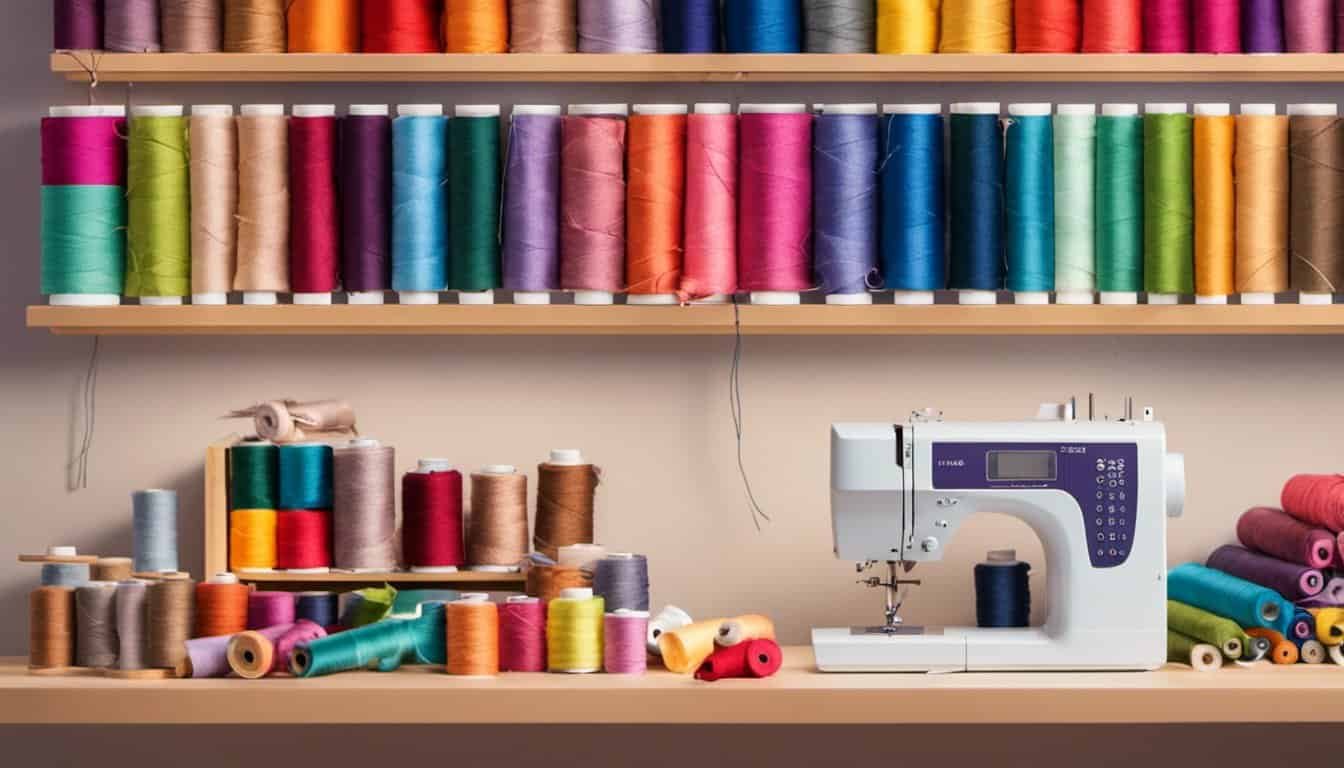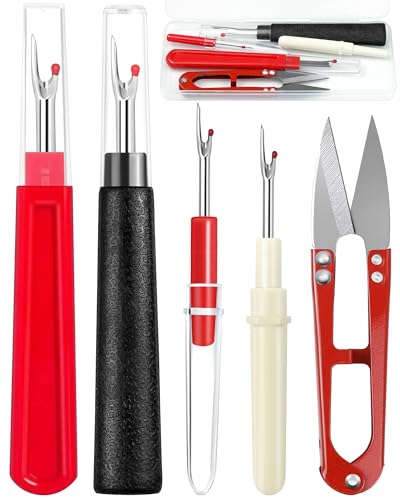Ever felt the urge to create something unique but got tangled up in complicated patterns? Sewing without a pattern might be your new best friend. It’s a liberating way to express your creativity and make one-of-a-kind pieces that truly reflect your style.
Understanding Sewing Without a Pattern
Sewing without a pattern opens doors to creativity and personal expression. You can create garments uniquely tailored to your tastes.
The Basics of Freehand Cutting
Freehand cutting involves measuring and cutting fabric directly without using a commercial pattern. Start by taking accurate body measurements. Measure your bust, waist, hips, and desired length. Mark the measurements directly onto the fabric with tailor’s chalk or a fabric marker. Remember to include seam allowances, typically 0.5 inches to 1 inch, around the edges.
Cut the fabric along the marked lines. Use a rotary cutter for straight lines and fabric scissors for curved sections. Precision is key to ensuring that pieces fit together correctly. Pin the fabric pieces together before sewing to check the fit. Make adjustments as needed.
Benefits of Pattern-Free Sewing
Pattern-free sewing offers various advantages that appeal to both beginners and seasoned sewists.
- Creativity: Create unique designs reflecting your style without the constraints of pre-made patterns.
- Custom Fit: Tailor garments to fit your exact measurements, resulting in better-fitting clothes.
- Efficiency: Skip the steps of tracing and cutting patterns, saving time and effort.
- Cost Savings: Eliminate the need to purchase commercial patterns, reducing sewing costs.
- Learning Experience: Enhance your sewing skills by understanding garment construction at a deeper level.
By embracing sewing without a pattern, you can enjoy a more personalized and enjoyable sewing experience.
Tools and Materials Needed
When sewing without a pattern, having the right tools and materials makes the process smoother and more enjoyable. Below are essential items that will help you create your unique designs.
Essential Sewing Supplies
- Measuring Tape: Accurate body measurements are crucial. A flexible measuring tape helps you measure your body and fabric efficiently.
- Fabric Scissors: Sharp scissors designed for fabric cutting ensure clean edges and minimize fraying.
- Pins and Pin Cushion: Pins help hold fabric pieces together, making it easier to sew straight seams. A pin cushion keeps them organized.
- Marking Tools: Fabric chalk, washable markers, or tracing pens allow you to mark measurements and seam allowances directly on the fabric.
- Sewing Machine: A reliable sewing machine speeds up the process and ensures durable stitching.
- Needles and Thread: Match your needle type and thread color to your fabric for the best results.
- Iron and Ironing Board: Pressing seams and hems gives a polished finish to your garment.
- Fabric Type: Select fabric based on your project. Lightweight cottons suit summer dresses, while heavier fabrics like denim or wool are better for jackets.
- Fabric Width: Ensure the width accommodates your project dimensions without excess waste.
- Fabric Pattern: Solid colors or simple patterns work best when sewing without a pattern, as they require less matching and alignment.
- Fabric Stretch: Choose fabrics with some stretch for fitted garments, but avoid materials that are too elastic for easier handling.
Having these tools and materials on hand will enable you to focus on the creative aspects of sewing, ensuring your projects come out just as you envision.
Techniques for Sewing Without a Pattern
Sewing without a pattern offers a unique way to express your creativity and personalize your projects. Explore these techniques to make the process enjoyable and efficient.
Draping Method
The draping method involves arranging fabric directly on a dress form or mannequin to create your design. You’ll pin and adjust the fabric to shape it into your desired garment while visualizing how it conforms to the body’s contours.
- Prepare Your Dress Form: Ensure the dress form matches your measurements. Adjust it to match the height, bust, waist, and hip measurements closely.
- Drape the Fabric: Drape the fabric over the dress form, starting with larger pieces for the main sections like the bodice or skirt. Use pins to secure the fabric to the form, making necessary adjustments as you go.
- Mark and Cut: Once satisfied with the drape, use tailor’s chalk or fabric markers to outline seams, darts, and other design elements. Then, cut the fabric along these markings to create individual pattern pieces.
- Assemble the Garment: Sew the pieces together, starting with larger sections and moving to finer details like hems and edges.
Using Basic Measurements
Using basic measurements can guide you in creating simple yet well-fitted garments. Start with accurate body measurements and translate them into your fabric layout.
- Gather Measurements: Use a measuring tape to record essential measurements like bust, waist, hips, shoulder width, and length from shoulder to hem.
- Create a Basic Shape: Sketch a basic outline of your garment on paper using these measurements. This step helps in visualizing the final design and making necessary adjustments early on.
- Mark and Cut Fabric: Transfer the measurements from your sketch onto the fabric using a marking tool. Add seam allowances before cutting the fabric pieces.
- Sew and Adjust: Sew the pieces together, and make adjustments as needed. Try on the garment during the process to ensure a proper fit before finalizing seams and hems.
By mastering the draping method and using basic measurements, you unlock endless possibilities for sewing without a pattern.
Examples of Projects Suitable for Pattern-Free Sewing
Pattern-free sewing projects offer endless opportunities for creativity and personalization. Here are some practical examples to get you started.
Easy Clothing Items
Scarves: Simple to make, scarves only need a rectangular or square piece of fabric. Cut, hem the edges, and your scarf is ready.

Aprons: Create a personalized apron by cutting out a basic shape from your desired fabric. Sew on straps and pockets to make it functional.
Tunic Tops: Craft tunic tops by cutting out a large rectangle or oval piece of fabric. Sew the sides together, leaving space for armholes and a head opening.
Wrap Skirts: Design wrap skirts with a long, wide strip of fabric. Add ties to secure the skirt around your waist.
Home Decor Items
Pillows: Cut fabric into squares or rectangles based on your pillow size. Sew three sides, insert the pillow, and close the remaining seam.
Curtains: Measure your window, cut the fabric to fit, and hem the edges. Add a rod pocket or tabs to hang the curtain.
« 10 Xmas Sewing Ideas You Can’t Miss – Create Stunning Holiday Decor and Gifts
Sure! Here’s a BuzzSumo style clickbait headline for your blog post:“Can You REALLY Embroider with Sewing Thread? Discover the Truth and Expert Tips Inside!” »
Table Runners: Use fabric strips that match the length of your table. Hem the edges for a clean finish.
Wall Hangings: Create unique wall hangings with fabric scraps. Sew them together in patchwork patterns or appliqué designs.
These projects offer great ways to practice sewing without a pattern and explore your creativity.
Tips for Success in Sewing Without a Pattern
Sewing without a pattern can feel intimidating but also immensely rewarding. It allows room for creativity and customized fit. Here are tips to help navigate pattern-free sewing.
Importance of Precision
Accuracy in measurements and cuts is crucial. Use a quality measuring tape and a clear ruler. Double-check dimensions for critical parts like waistlines and armholes to avoid fitting issues. Ensuring precise cuts helps in sewing cleaner seams and achieving a professional look.

Creative Problem-Solving Skills
Challenges in sewing without a pattern may arise. Improvisation is key. Consider repurposing fabric scraps for patches or decorative elements. If a piece doesn’t fit perfectly, adjust by adding darts or pleats. Developing creative solutions not only enhances your skills but also adds unique touches to your projects.
Conclusion
Sewing without a pattern opens up a world of creativity and personalization. By mastering techniques like draping and using basic measurements, you can create unique, well-fitted garments and projects. Embrace the freedom to experiment and let your imagination guide you. Remember, precision and problem-solving are your best friends in this journey. Whether you’re making a simple scarf or a complex wrap skirt, every project is an opportunity to learn and grow. So grab your fabric and scissors, and start sewing your way to endless possibilities!












